Blood sugar testing with a glucometer is a great tool for anyone to assess their body’s unique response to food and lifestyle choices. We normally associate blood sugar testing with diabetes, but this tool can be helpful to support health goals such as improving body composition, making exercise and diet changes, identifying your carbohydrate tolerance, and connecting your mood and energy changes to your physical needs. This type of specific information can be very motivating and even feel like a relief, as it is often the missing piece of the “what should I eat?” puzzle.

To make glucose testing work for you, it is important to understand how blood sugar (glucose) works in your body. In simple terms, all carbohydrates, sugars and even excess protein can break down into glucose and flow through your bloodstream to provide energy to cells. Humans have a negative feedback system with internal sensors to release hormones to keep us in an optimal glucose range. Insulin, the hormone released in response to a blood sugar spike from food (or stress!), has the job of placing glucose into cells; any extra is generally stored in our fat tissue, or in undesirable circumstances can remain elevated in the bloodstream.
You will want to test your glucose at a few specific times: Upon waking, and one to two hours after a meal. It is also helpful to test whenever you feel an energy/mood change — this can help connect physical and emotional feelings to any blood sugar swings. By aiming for a narrower optimal range of glucose versus the “standard acceptable” range1, it is easier to avoid any borderline highs or lows. Please discuss these optimal ranges with your doctor:
The optimal fasting glucose range (upon waking): 80-90mg/dL (standard = 70-99mg/dL)
One to two hours after meal glucose range: 90-120mg/dL (standard 90-140mg/dL)
To find your carbohydrate tolerance, let’s say you had a high reading at a meal. Eat that same meal again, but lower the carbohydrate grams to determine how low you need to go to get within the optimal range. Note: there will be short periods throughout the day when even healthy people are out of range.
Here are the key factors to consider when analyzing your glucose readings:
Sleep quality. Anything less than eight hours of high-quality sleep can affect your ability to manage blood sugar.
Exercise. High-intensity exercise can cause a temporary high spike of glucose as the body releases sugar stores to fuel your activity, but this a healthy response that will return to normal and offers long-term improvement in insulin sensitivity2, so keep exercising.
Stress levels. Emotions, deadlines and even fear can trigger high glucose and increase hunger. Try eating your meals in low-stress environments and take a walk after meals to lower your glucose levels.
Food combinations. As a general rule, avoid eating starchy carbohydrates alone. This concentration spikes sugar levels quickly, but you can mitigate this effect by adding fiber, fat or protein to make it a balanced meal.
Once you know how to interpret the influential factors above, you can make effective choices that offer rapid results. You can purchase a glucose monitoring kit online or at a drug store for under $30. It should include the glucometer, lancets (for poking your finger) and test strips. Be sure to journal your numbers, meals, sleep and moods; note their times to correlate it all to your health and discover what is best for you.
Tiffany is a certified nutrition consultant and functional diagnostic nutrition practitioner and can be reached at (760) 285.1221. For more information, visit www.tiffanydalton.com.
References:
1) https://www.thediabetescouncil.com/what-are-blood-sugar-target-ranges;
2) https://www.ncbi.nlm.nih.gov/pmc/articles/PMC3587394/
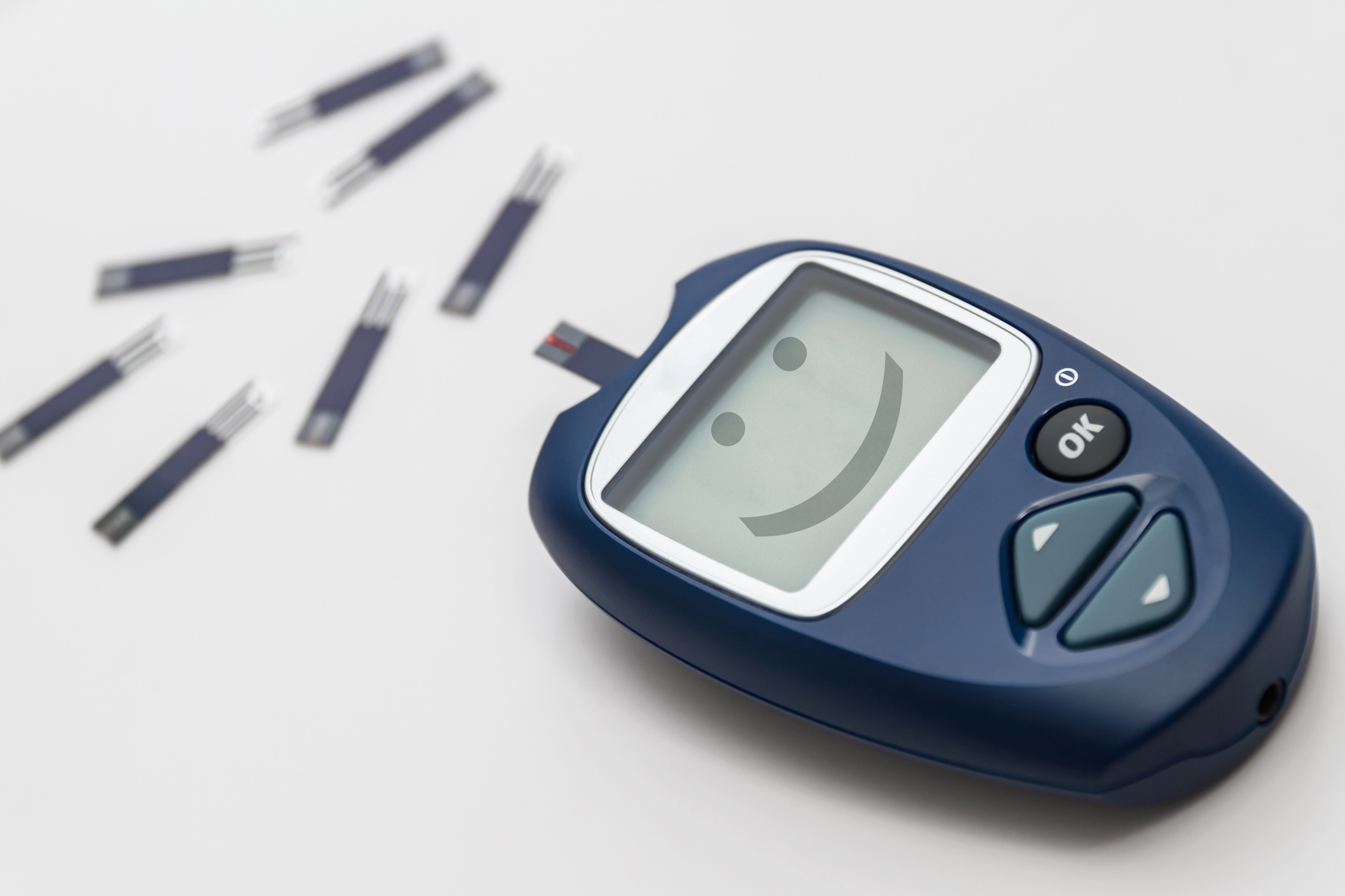






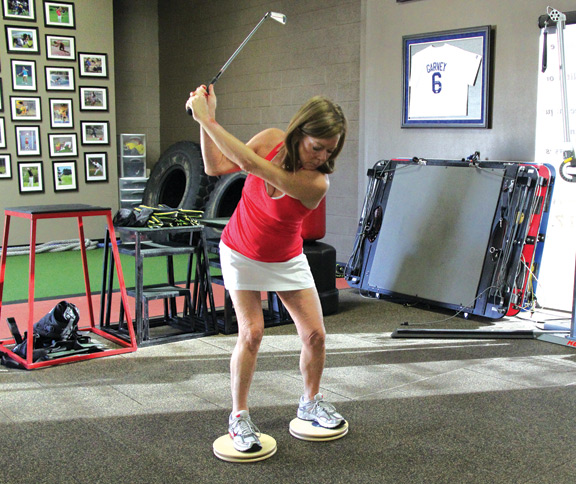




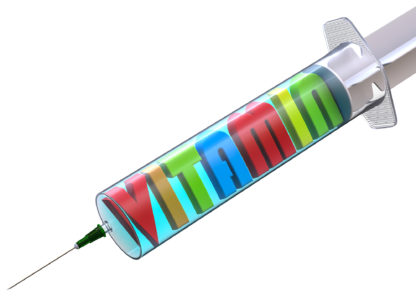

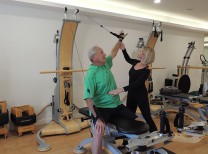


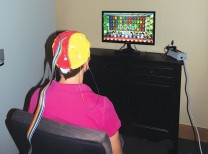
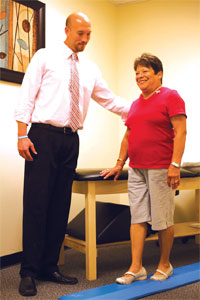





























Comments (0)